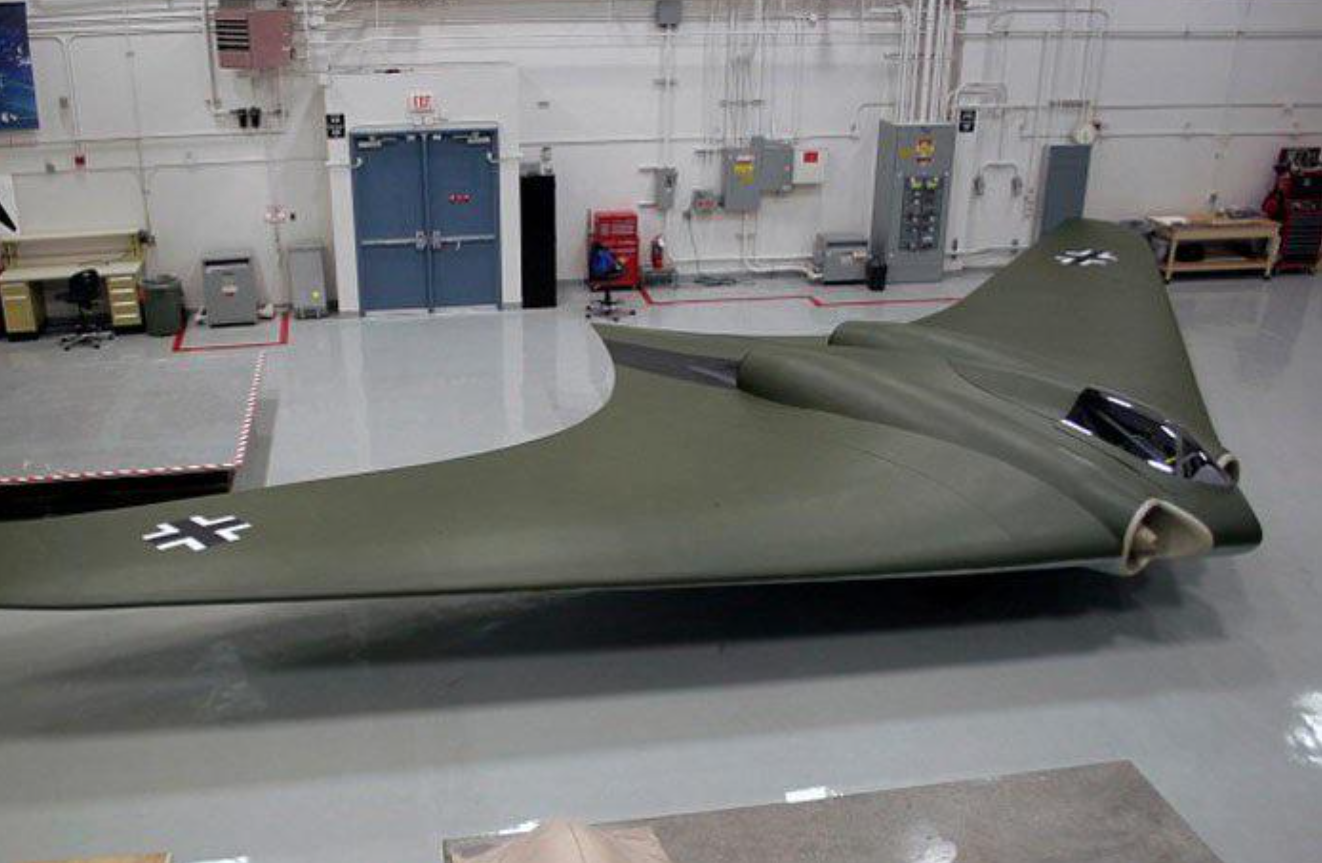
Of all the experimental World War II aircraft, few are as intriguing as the Horten Ho 229. Born from the creative minds of the Horten brothers in devastated Germany, this jet-powered flying wing was centuries ahead of its time. It joined advanced aerodynamics from the future with the early principles of what is now referred to as stealth technology.

The dream was born of Walter and Reimar Horten, both brothers captivated by flight and not afraid to defy conventional design principles. Self-taught and ambitious, they had been constructing tailless gliders since the early 1930s. Theirs was a straightforward but radical philosophy: dispense with the fuselage and tail to cut drag, and planes would fly faster and more efficiently.

By the early 1940s, when German losses in the air were climbing, the Luftwaffe was increasingly ready to consider wild, unorthodox projects. It was in this climate that Hermann Göring made his legendary “3×1000” challenge—a plane that could carry 1,000 kilograms of bombs 1,000 kilometers at a speed of 1,000 kilometers per hour.

For conventional aircraft, this was almost impossible with the fuel-hungry early jet engines. The Horten’s response was extreme: a flying wing without a tail, with twin jet power, initially the H IX, which was later known as the Ho 229 or Gotha Go 229.

It was a design unlike anything produced during those days. Wide, swept wings were constructed of steel, plywood, and even composite combinations such as sawdust and charcoal—materials selected not simply for strength and weight but also for their radar-absorbing capabilities.

Although it was not invisible, it did drop its radar signature, a fact that engineers later confirmed decades after when testing the plane with contemporary standards. It also sported cutting-edge designs for its time: retractable tricycle landing gear, twin Junkers Jumo 004B turbojets, and even an ejection seat.

Testing progressed rapidly but was hindered by setbacks. The initial prototype, an unarmed glider, made a successful flight in March 1944. The second, equipped with jet engines, took to the air in December and reportedly achieved over 800 km/h. However, it was unstable and hard to fly because it lacked a tail. Unfortunately, one of the test pilots died when the aircraft crashed after a few flights. In spite of this, Göring insisted on mass production, seeing the Ho 229 as a bomber as well as a highly armed interceptor.

At the close of the war, the project remained in its early stages. Allied forces captured the almost completed V3 prototype in April 1945 and sent it off for testing. Now, that sole surviving airframe sits in the Smithsonian’s collection as one of the most solid reminders of the ambitious wartime effort.

Its status as the “first stealth aircraft” is partially earned. Although it was unable to completely evade detection, its shape minimized radar exposure by roughly 20 percent over standard fighters of the time. In combination with its speed, this might have made it very lethal if it had gone into combat.

Although it never reached operational service, the Ho 229 left a lasting legacy. Its flying wing configuration influenced subsequent American designs such as the Northrop YB-35 and YB-49, and generations later, the B-2 Spirit stealth bomber. The similarity between the B-2 and the Ho 229 is remarkable, both emerging from the same philosophy of aerodynamics, although twentieth-century computers and fly-by-wire technology remedied the stability issues that assailed the Horten’s masterpiece.

Reimar Horten carried on with experimental work after the war in Argentina, while Walter was in the post-war German Air Force. The airplane they created together is still a testament to the kind of engineering that’s possible when under extraordinary pressure. The Ho 229 is more than a piece of aviation history—it’s a testament to the fact that even in the worst of times, innovation can be a beacon toward the future.
